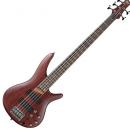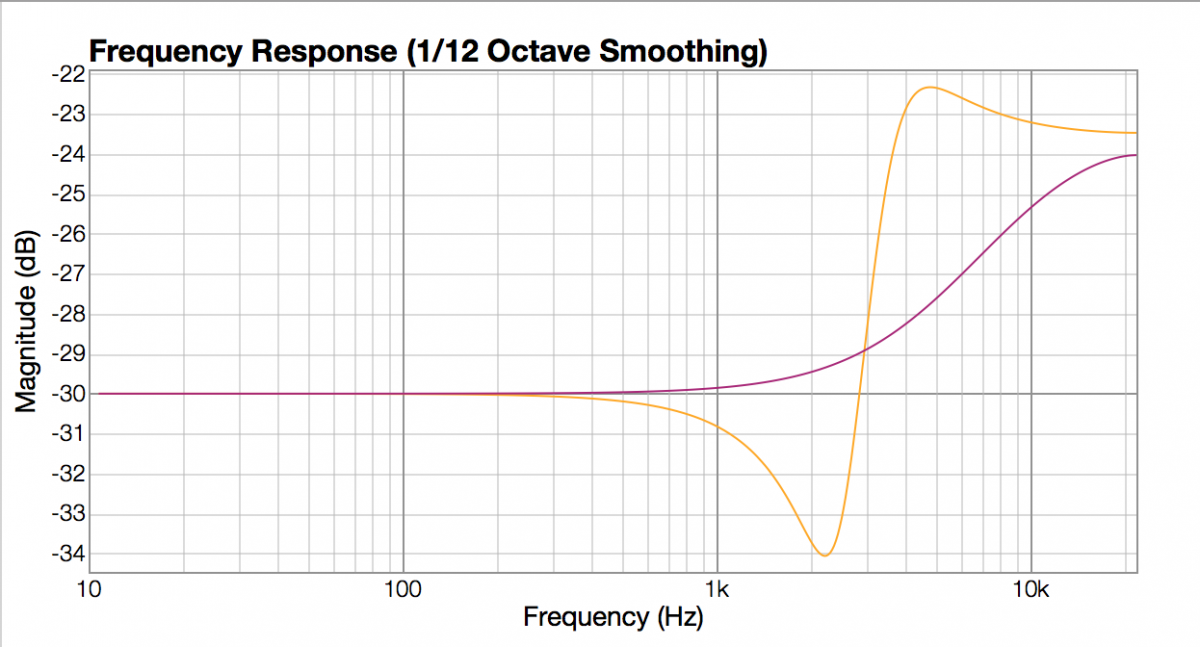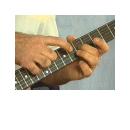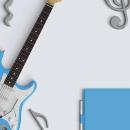¿Cómo crear un impulso
Ok chicos, parece bastante simple ... Me tomó unos minutos para entenderlo, y he probado el método "impulsing" un AmpliTube 2 cab ... ¡funciona!
Así que sólo tienes que descargar Voxengo Deconvolver:
http://www.voxengo.com/product/deconvolver/
La versión de demostración funciona perfectamente para lo que tenemos que hacer, así que usted no necesita tener una versión registrada (pero la demo te permitirá crear 3 impulsos por sesión, de modo que, después de 3 impulsos, tiene que reiniciar el programa: ))
Abrir Voxengo Deconvolver.
Necesitamos un "TONO PRUEBA", básicamente un barrido de seno que contienen al de las frecuencias que podemos oír ... simplemente haga clic en "Test Tone Gen", utilice la configuración predeterminada (24bit, 44100Hz (o superior, lo mejor es 96000Hz), mono, 12 seg., no marque "aplicar Fade In-Out para invertir") y haga clic en " generar ".
Crear una respuesta al impulso de un equipo real de
Ok, ahora necesitamos que la ruta de archivo de la onda dentro de la micro / Cab queremos capturar ... así que tiene que enviar el archivo dentro de la etapa de potencia de la cabeza (FX-retorno o amplificador de potencia) y grabar la salida de la cabina con el micrófono ...
Basta con conectar la tarjeta de sonido de salida a la Poweramp y grabar la señal del micrófono (puede necesitar 2 PC o una tarjeta de sonido que te permite reproducir y grabar al mismo tiempo ... que podría hacer que con un DAW). Cuidado con el recorte del tono de prueba! No tiene a clip! Baje el volumen!
Crear una respuesta de impulso de una tarjeta SIM de software
Es más o menos lo mismo, sólo más fácil!
Tenemos que abrir nuestros DAW y crear una pista mono, a continuación, cargue el tono de prueba al respecto.
Ahora tenemos que abrir el VST de que queremos tener en la respuesta al impulso en el inserto del tema, por ejemplo, los recursos genéticos.
Ahora tenemos que cerrar o pasar por alto todos los componentes que no necesita (por pisa, amplificadores ...) y activar sólo la sección de la cabina de micro.
Escuchar el tono de prueba ahora para ver si los clips dentro de nuestro VST. Si es así, bajar el volumen o usar el "aprender" de función!
Lo que oímos cuando se haga clic en "jugar" es sólo la prueba de tonos procesadas por el VST, y esto es lo que necesitamos, por lo que exportar el archivo en un archivo. Wav!
Para ambos, entonces ...
Obviamente, si ha creado un 96KHz tono de prueba, tiene que grabar en la muestra del mismo tipo!
El tono de exportación registrados en un archivo de 24 bits de onda Mono.
IMPORTANTE: Cuando se exporta, no olvide añadir un poco de silencio al final del clip que está a punto de exportación!
El tono registrado será el "archivo de proceso" en Voxengo (obviamente el archivo de tono de prueba por el tono de prueba que hemos generado hace un tiempo, por lo que los 12 s sinesweep).
Set "Out profundidad de bits" a 24 y seleccionar sólo "Normalizar a 0.3dbFS".
También puede comprobar el "MP Transformar" opción (el manual dice que da resultados más realistas)
Haga clic en proceso y tendrá un archivo de onda en el mismo directorio de la señal procesada.
Esta es su impulso!
(probablemente tendrás que ajustar los volúmenes para obtener el derecho de impulso ... así, intentar, intentar, intentar!)
Hope it helps!
Para cualquier duda, pregunta, voy a tratar de ayudarle!









